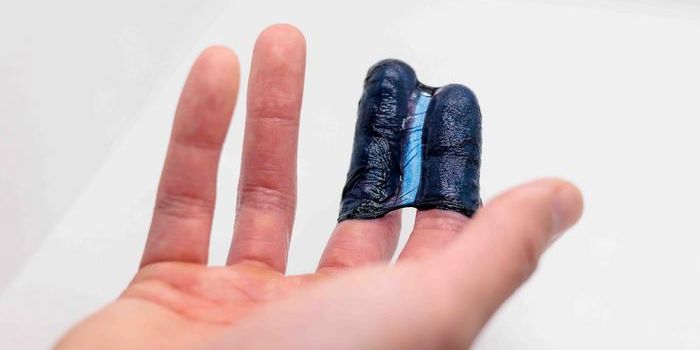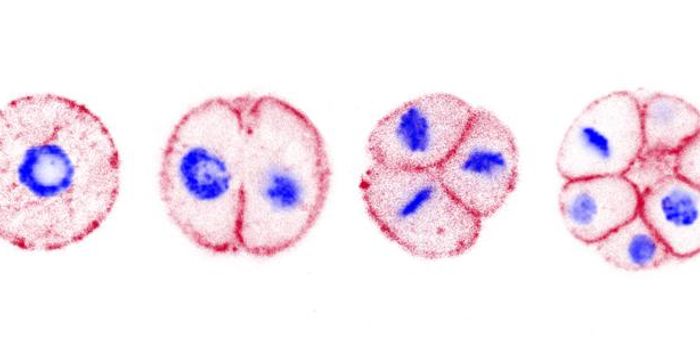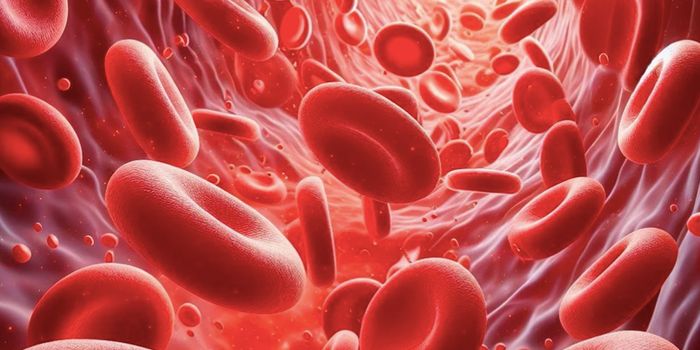Scientists Discover a Gene Closely Linked to Antibody Production & Release
When our bodies are exposed to a pathogen, the immune system mounts a response. Antibodies that are directed against the invader are produced within weeks of exposure, like Immunoglobulin G (IgG) antibodies, which are highly potent and very stable. They can connect immune cells with pathogens to stop infections, and IgGs can persist for years after that infection has resolved. They are also the most common type of antibody, and are thought to account for about 75 percent of all antibodies in human blood. Now scientists have learned more about the genes that are involved in IgG production and release. This work, which was reported in Nature Communications, could help improve the production of antibody-based treatments.
Researchers have long known that a white blood cell type called plasma B cells are responsible for IgG prodction; these cells are thought to generate over 10,000 IgG molecules per second. This work aimed to reveal more about the mechanisms behind that production.
The investigators collected thousands of plasma B cells and the stuff they were secreting, then linked the gene activity in each cell to the level of proteins it was releasing. This revealed that genes related to energy production and the removal of aberrant proteinsare crucial to this process, and these genes were even more important than genes that are directly related to antibody production.
This study also showed that a gene called CD59, not previously associated with IgG release, can indicate which plasma cells produce a lot of antibodies; this gene is an even better marker than others that have previously been identified.
As proteins are being made assembly-line fashion in cells, there is a high demand for energy, and for correcting errors that arise, noted co-corresponding study author Dino Di Carlo, a Professor at UCLA.
This information could help advance antibody production, or improve methods to apply beneficial cells directly to patients, the researchers suggested.
The research also utilized engineered nanovials that contained molecules that were made to bind to the proteins expressed on cells of interest. This way, a nanovial could grab one cell at a time, immobilize it, and collect anything the cell secreted with other specific molecules. The scientists also used the material in each nanovial for an RNA analysis, which shows which genes are active. Other specialized cells could be captured and analyzed in the same way.
"There are multiple layers of information in each cell. We're able to link the final layer - the amount of proteins actually secreted that have a clear function throughout the body - back to the more fundamental layer of genetic code," Di Carlo explained. "There's currently no other technique that is available to do that. Now that we have this approach, the most interesting thing, to me, is which question to ask next."
Sources: University of California Los Angeles (UCLA), Nature Communications









